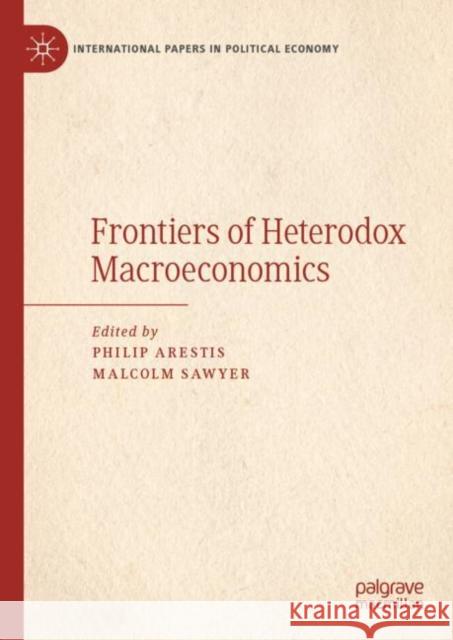Frontiers of Heterodox Macroeconomics » książka
topmenu
Frontiers of Heterodox Macroeconomics
ISBN-13: 9783030239282 / Angielski / Twarda / 2019 / 378 str.
Frontiers of Heterodox Macroeconomics
ISBN-13: 9783030239282 / Angielski / Twarda / 2019 / 378 str.
cena 602,40
(netto: 573,71 VAT: 5%)
Najniższa cena z 30 dni: 578,30
(netto: 573,71 VAT: 5%)
Najniższa cena z 30 dni: 578,30
Termin realizacji zamówienia:
ok. 22 dni roboczych
Dostawa w 2026 r.
ok. 22 dni roboczych
Dostawa w 2026 r.
Darmowa dostawa!
Kategorie:
Kategorie BISAC:
Wydawca:
Palgrave MacMillan
Seria wydawnicza:
Język:
Angielski
ISBN-13:
9783030239282
Rok wydania:
2019
Wydanie:
2019
Numer serii:
000312271
Ilość stron:
378
Waga:
0.79 kg
Wymiary:
21.01 x 14.81 x 3.17
Oprawa:
Twarda
Wolumenów:
01
Dodatkowe informacje:
Wydanie ilustrowane











